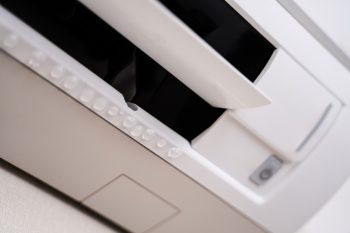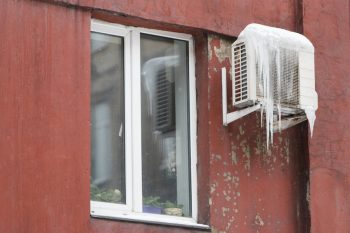
Removing a Hunter ceiling fan with a downrod may seem like a daunting task. However, with the right steps, tools, and safety precautions, it can be done efficiently and safely. This comprehensive guide will walk you through each step of the process.
To remove a Hunter ceiling fan with a downrod, first turn off the power at the circuit breaker. Then, using a screwdriver, remove the light kit and detach the fan blades. Next, remove the canopy and disconnect the wiring. Finally, support the fan and slide the ball at the end of the downrod out of the mounting bracket, lowering the fan to the floor. It may be helpful to have a helper on standby when lowering the fan.
Tools Needed
To remove a Hunter ceiling fan with a downrod, you will need the following tools:
- Screwdrivers: For removing the light kit assembly piece and the fan blades.
- Pliers: For tightening or loosening setscrews on the downrod.
- Ladder: To reach the ceiling fan.
- Wire strippers: For disconnecting the fan wires from the house wires.
- Drill and 9/64″ drill bit (optional): These may be needed if you are mounting the fan to a support structure.
Step-by-Step Guide to Removing a Hunter Ceiling Fan
Step 1: Turn Off the Power
Before starting any work on the fan, make sure to turn off the power at the circuit breaker. Test the light switch to ensure the power is off to prevent any accidental electric shocks.
Step 2: Remove the Light Kit
Use screwdrivers to remove the light kit assembly piece from the fan motor housing. This step may vary depending on the specific model of your fan.
Step 3: Detach the Fan Blades
Locate the screws that connect the fan blades to the motor housing. Unscrew these and gently remove the blades from the fan. If the fan blades are attached to blade irons, you can unscrew the blade irons from the motor housing while keeping the blade attached.
Step 4: Remove the Canopy
The canopy is the decorative cover at the top of the downrod that hides screws and wiring from the ceiling. Use a screwdriver to remove the canopy’s support screws.
Step 5: Disconnect the Wiring
Remove the wire nuts and disconnect the fan wires from the house wires. If your ceiling fan has a remote receiver wired in the canopy, disconnect the remote receiver wires from the fan and ceiling.
Step 6: Lower the Fan
Support the fan and slide the ball at the end of the downrod out of the mounting bracket. Be ready to lower the fan to the floor. Use a helper if needed.
Common Challenges and Solutions
During the removal process, you may encounter some challenges. Here are some common issues and how to overcome them:
- Difficulty in removing screws: If the screws are too tight or rusty, try using a penetrating oil. Let it sit for a few minutes before attempting to remove the screws again.
- Disconnected wires are hard to reach: If the wires are too high or tucked away, use needle-nose pliers to reach and disconnect them.
- The fan is too heavy to lower on your own: Always have a helper on standby when lowering the fan to prevent injury or damage to the fan.
Disposing of the Removed Fan
Once the fan has been successfully removed, you can choose to either store, sell, donate, or dispose of it. If you choose to dispose of it, remember to recycle the components properly and follow local regulations for non-recyclable waste.
Conclusion
In conclusion, removing a Hunter ceiling fan with a downrod can be a straightforward task when you follow the right steps and safety precautions. Always remember to turn off the power at the circuit breaker before starting, and have a helper on standby when lowering the fan. With these tips in mind, you’ll have your fan down in no time!
Frequently Asked Questions
Can I remove the downrod without removing the fan blades first?
It’s not advisable to remove the downrod without first removing the fan blades. The fan blades can make the fan awkward to handle and increase the risk of damage or injury.
Do I need to disconnect the fan’s wiring before I lower the fan?
Yes, you should disconnect the fan’s wiring before lowering the fan. Disconnecting the wiring ensures that the fan is not connected to any power source, reducing the risk of electrical shock.
What should I do if I can’t turn off the power at the circuit breaker?
If you can’t turn off the power at the circuit breaker, it’s best to hire a professional to remove the fan. Working on a fan with the power on can be very dangerous.
What should I do if I need to remove a ceiling fan that’s too high for me to reach, even with a ladder?
If the ceiling fan is too high for you to reach safely, even with a ladder, it’s best to hire a professional. Working at heights can be dangerous, especially when dealing with heavy objects like a ceiling fan.
What type of screwdriver do I need to remove a Hunter ceiling fan?
The type of screwdriver needed may vary depending on your specific model of Hunter ceiling fan. However, a standard Phillips-head screwdriver is commonly used. Always check your fan’s user manual for specific instructions.












